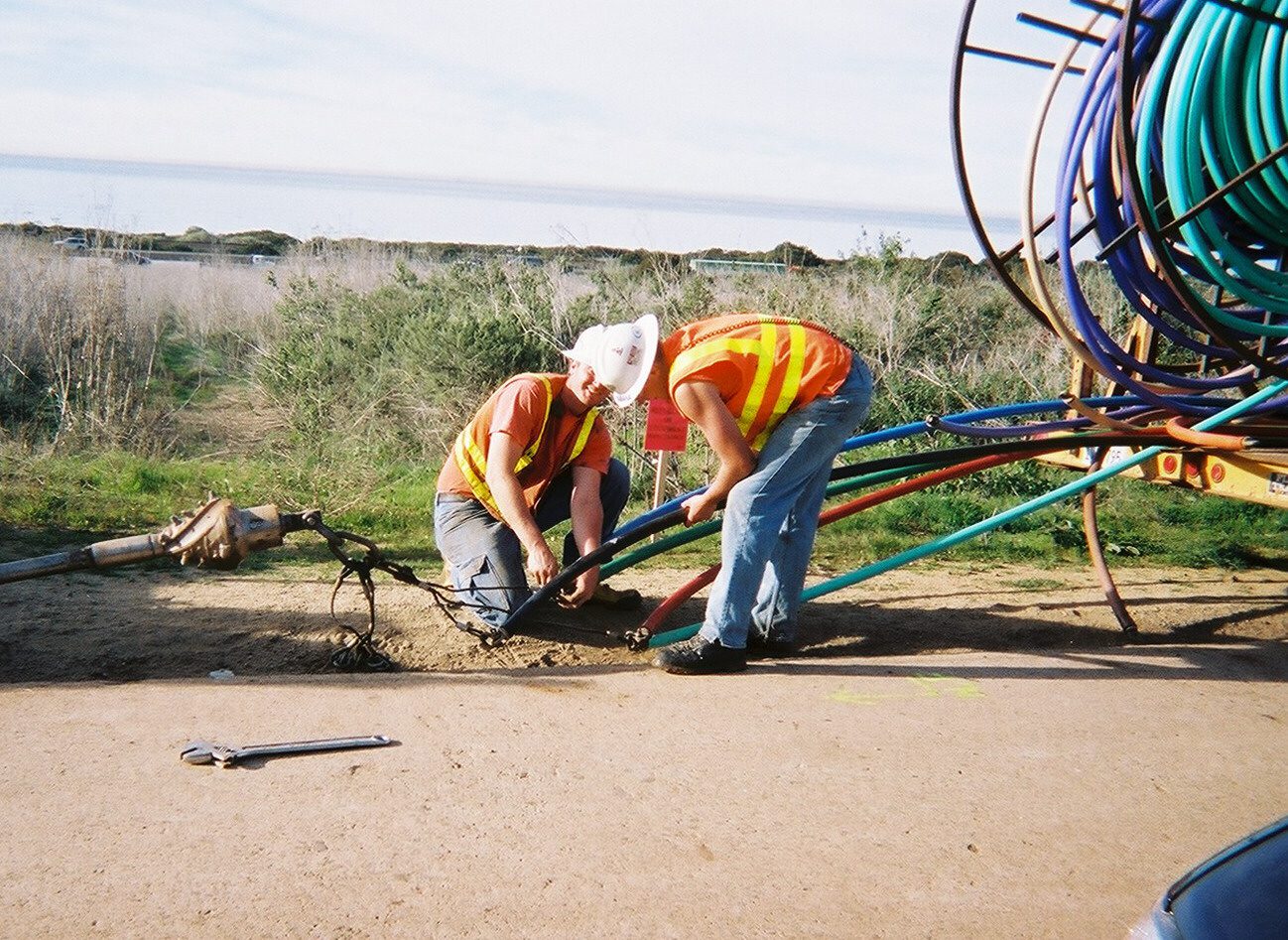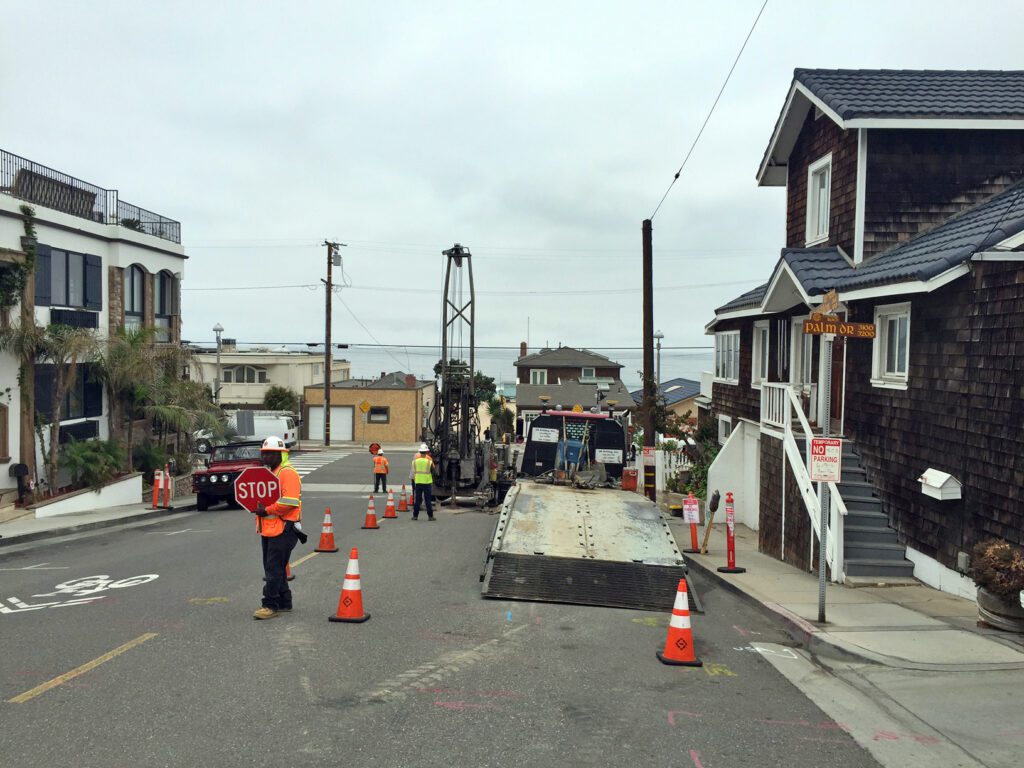Fiber Since The ’90s

In the 1990s, “fiber” meant something very different than it does today. Back then, fiber optic networks weren’t about streaming, remote work, or the cloud. They were point-to-point, long-haul connections built to carry what was, at the time, primarily phone conversations across the country.
We were there, helping build that foundation before most people even knew what broadband was. Our teams worked closely with the “Big Three” of the time, AT&T, MCI, and Sprint, deploying fiber networks that connected city to city, ensuring reliable long-distance communication as the world transitioned to a digital future.
Fiber itself had emerged in the early 1980s, but by the ’90s, it was the backbone of long-distance phone calls. It is remarkable to consider that nearly 90% of the traffic moving through those fiber cables consisted of voice calls, a major contrast to the data-heavy demands fiber networks serve today.
Mapping Then and Now
The tools we use to plan fiber routes have evolved significantly, but the principles remain the same. In the ’90s, there was no easily accessible high-resolution aerial photography to plan routes from your desk. If you needed imagery, you often had to fly the route yourself or work from outdated photos.
We frequently arranged for aerial surveys, processed corrected imagery, and produced detailed designs on top of that data so that fiber could be placed accurately and efficiently. Today, tools like Google Earth and other mapping technologies have made this process faster and more accessible, allowing us to start with a comprehensive “desktop” review.
Yet even now, we know that images on a screen cannot fully replace field verification. Conditions change, and the only way to ensure accuracy is to put boots on the ground, confirm the route, and adjust plans accordingly. This careful attention to detail remains essential for successful fiber deployment.
An Evolving Industry
The fiber industry has grown in scale and complexity since the incorporation of BHC. In the early days, engineering firms like ours worked directly for the owners of these networks. Today, with the increasing demand for broadband, projects involve a wider range of stakeholders, including construction contractors, consolidators, management companies, municipalities, and private entities.
This expansion requires a high degree of flexibility. We often find ourselves guiding clients through the process, sharing our expertise to help them understand each phase of fiber deployment. We are equally equipped to collaborate with clients who come to us with a clear vision and precise objectives. The common thread is that each project requires clear communication, practical experience, and a commitment to anticipating challenges before they become obstacles.
What Hasn’t Changed—Our Approach
While the technology and the market have evolved, one thing has remained constant: our ‘No Problem’ approach. Whether it was 1995 or today, we remain focused on solving challenges, keeping projects moving, and delivering results.
We believe that success begins with a clear plan. We work with our clients to define workflows, assign responsibilities, and set expectations before the first piece of fiber is placed. By establishing structure and transparency from the outset, we ensure projects proceed efficiently, minimizing disruptions while meeting deadlines and budgets.
Decades of Experience Applied Today
By the late 1990s, our fiber projects were spanning coast to coast, covering hundreds and thousands of miles across varied terrain. The tech bubble may have slowed the industry temporarily, but over the past decade, fiber deployment has surged again, becoming more critical than ever for connected communities.
Today, we see an increasingly competitive environment, with large technology companies, startup ISPs, cities, and counties all racing to expand broadband access. In this environment, speed matters, but so does experience. Our decades of work across every state and major city—from downtown Denver and Phoenix to the Sierra Nevada and the California coast—give us a unique perspective on how to build fiber networks that last.

Building Connected Communities
We’ve been building connected communities with ‘No Problem’ fiber solutions for decades, and the need for reliable broadband infrastructure continues to grow. Whether it is planning a long-haul route, coordinating with stakeholders, or ensuring projects are ready for construction, we are prepared to help communities and clients build what’s next.
Fiber in the 90s was about laying the groundwork. Today, it’s about building on that foundation to deliver the connectivity people need to work, learn, and thrive. We’re proud to have been part of this story from the beginning—and we’re ready to keep building the future of connectivity, one project at a time.
Connect with our experts to discover how our decades of experience and ‘No Problem’ approach can help you advance your broadband initiatives—keeping your projects moving and your community connected.
